Rising Disposable Income
The increasing disposable income among the Indian population appears to be a crucial driver for the beer market. As consumers have more financial flexibility, they are likely to spend on premium and craft beer options. Reports indicate that the middle-class segment is expanding, with an estimated growth rate of 10% annually. This demographic shift suggests a potential increase in demand for diverse beer offerings, including imported and artisanal varieties. Consequently, the beer market may experience a significant transformation as consumers seek quality over quantity, leading to a more sophisticated drinking culture. The rise in disposable income also correlates with a growing trend of socializing in urban areas, further boosting the beer market's growth prospects.
Changing Consumer Preferences
The evolving preferences of Indian consumers are reshaping the beer market landscape. Younger generations, particularly millennials and Gen Z, are gravitating towards unique flavors and experiences. This demographic shift indicates a potential decline in traditional beer consumption, with craft and specialty beers gaining traction. Market data suggests that craft beer sales have surged by approximately 25% in recent years, reflecting a growing appetite for innovation in brewing. Additionally, the increasing popularity of beer festivals and tasting events highlights a cultural shift towards experiential consumption. As consumers seek authenticity and variety, the beer market is likely to adapt, fostering a competitive environment that encourages breweries to experiment with new styles and ingredients.
Urbanization and Lifestyle Changes
Urbanization in India is a significant driver of the beer market, as more individuals migrate to cities in search of better opportunities. This trend is accompanied by lifestyle changes that favor social drinking and leisure activities. Urban areas are witnessing a proliferation of pubs, bars, and microbreweries, catering to the growing demand for diverse beer options. Data indicates that urban centers account for over 60% of beer consumption in India, underscoring the importance of this demographic. The beer market is likely to benefit from the increasing number of social venues and events that promote beer culture. Furthermore, as urban lifestyles become more fast-paced, the convenience of ready-to-drink beer products may also gain popularity, further driving market growth.
Regulatory Changes and Liberalization
Recent regulatory changes in India are poised to impact the beer market positively. The government has been gradually liberalizing alcohol laws, allowing for more flexible licensing and distribution practices. This shift may facilitate the entry of new players into the market, enhancing competition and variety for consumers. Additionally, the reduction of excise duties in certain states has the potential to lower prices, making beer more accessible to a broader audience. Market analysts suggest that these regulatory changes could lead to an increase in overall beer consumption, particularly among younger consumers who are more open to trying new products. As the beer market evolves, it may witness a surge in innovative marketing strategies and product offerings, driven by a more competitive landscape.
Influence of Social Media and Marketing
The role of social media in shaping consumer behavior is increasingly evident in the beer market. Brands are leveraging platforms like Instagram and Facebook to engage with consumers, promoting their products through visually appealing content and influencer partnerships. This strategy appears to resonate particularly well with younger audiences, who are more likely to discover new brands through social media channels. Data indicates that brands with a strong online presence can achieve up to 30% higher sales compared to those with limited digital engagement. As social media continues to influence purchasing decisions, the beer market may see a shift towards more targeted marketing campaigns that emphasize brand storytelling and community engagement. This trend could further enhance brand loyalty and consumer connection, ultimately driving sales growth.


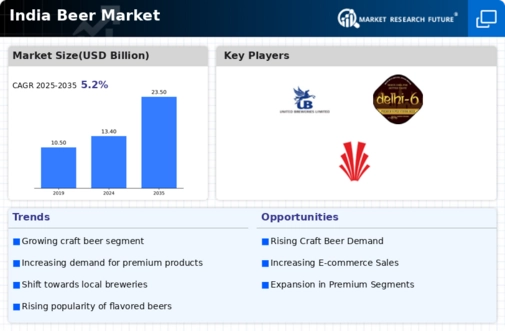
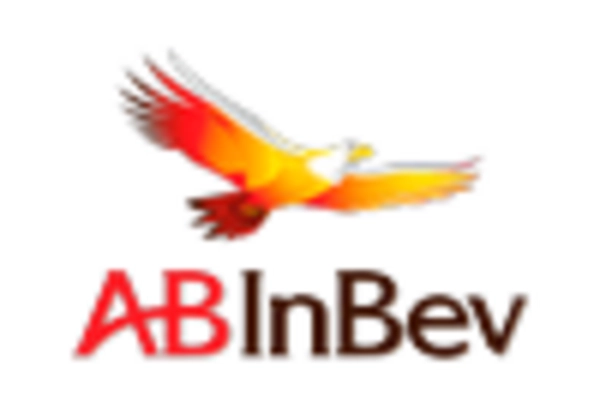
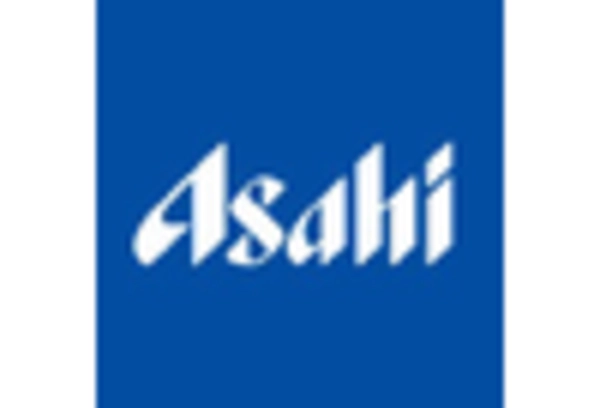
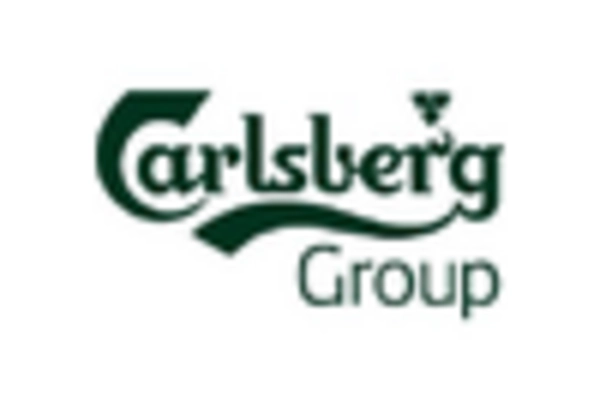
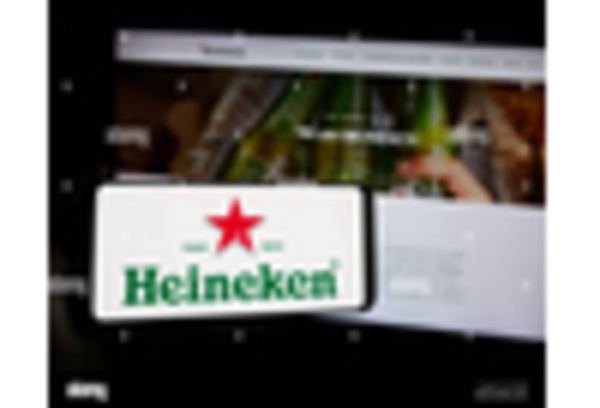
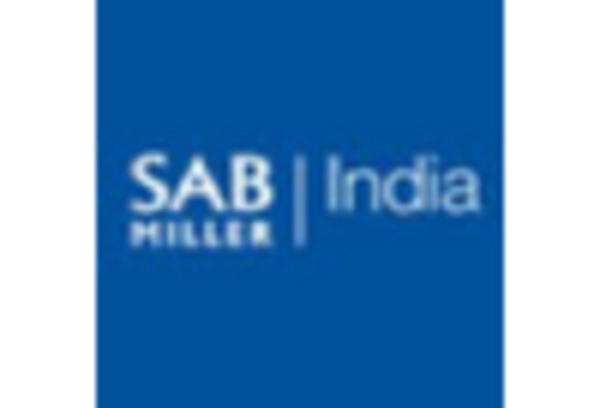
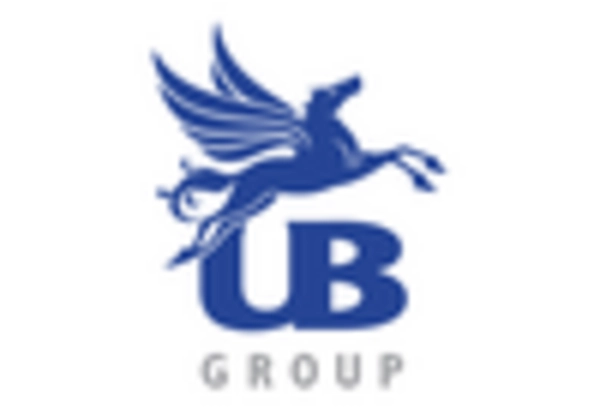








Leave a Comment